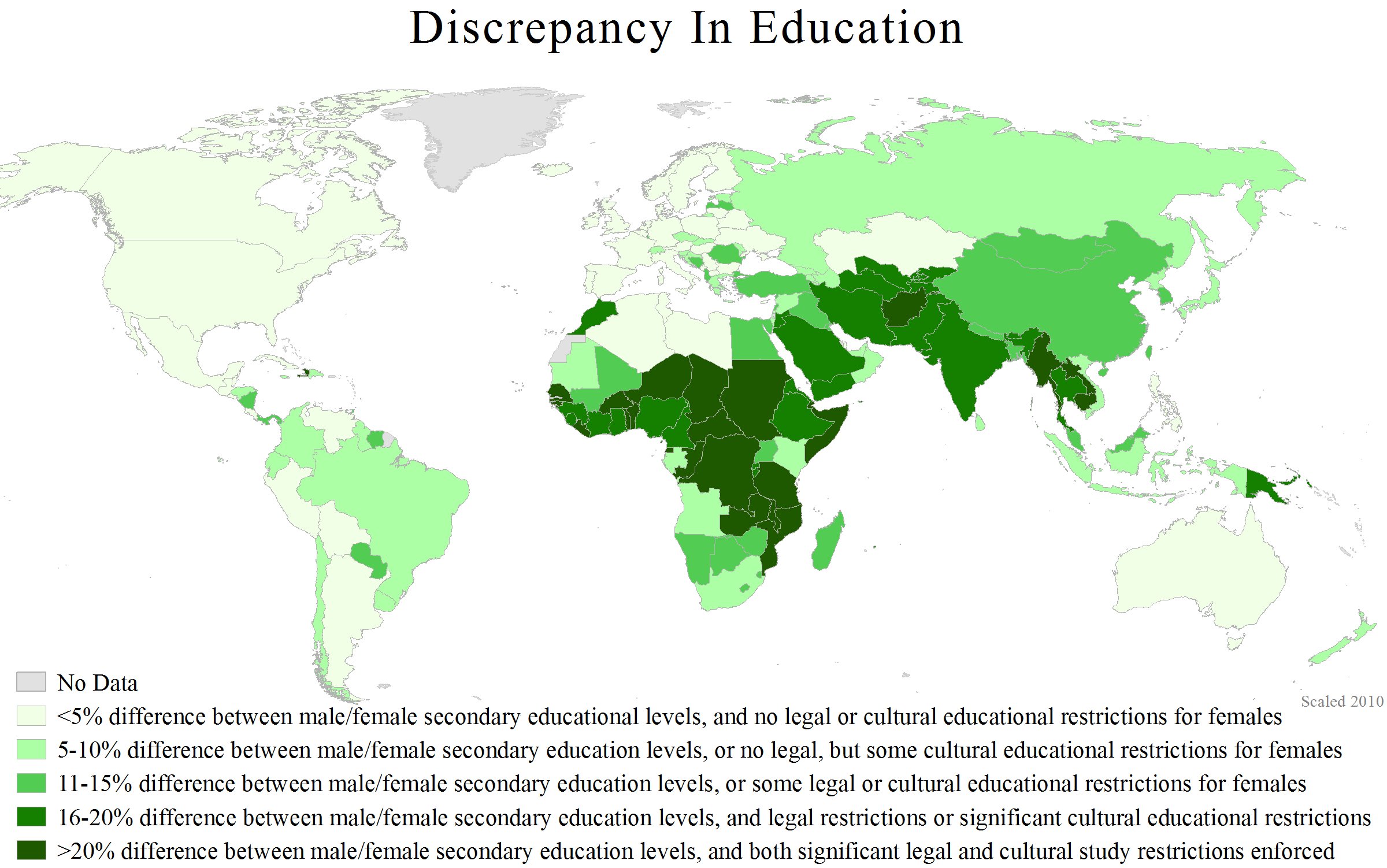|
Marc Breedlove
Stephen Marc Breedlove (born 1954) is the Barnett Rosenberg professor of Neuroscience at Michigan State University in East Lansing, Michigan. He was born and raised in the Ozarks of southwestern Missouri. After graduating from Central High School (Springfield, Missouri) in 1972, he earned a bachelor's degree in Psychology from Yale University in 1976, and a Ph.D. in Psychology from UCLA in 1982. He was a professor of Psychology at the University of California, Berkeley from 1982 to 2003, moving to Michigan State in 2001. He works in the fields of Behavioral Neuroscience and Neuroendocrinology. He is a member of the Society for Neuroscience and the Society for Behavioral Neuroendocrinology, and a fellow of the Association for Psychological Science (APS) and the Biological Sciences section of the American Association for the Advancement of Science (AAAS). Research In numerous papers, Breedlove has demonstrated that steroid hormones and sexual behavior affect the developing and adul ... [...More Info...] [...Related Items...] OR: [Wikipedia] [Google] [Baidu] |
Barnett Rosenberg
Barnett Rosenberg (16 November 1926 – 8 August 2009) was an American chemist best known for the discovery of the anti-cancer drug cisplatin. Rosenberg graduated from Brooklyn College in 1948 and obtained his PhD in physics at New York University (NYU) in 1956. He joined Michigan State University as a professor of biophysics in 1961 and worked there until 1997. In 1965, Rosenberg and his colleagues proved that certain platinum-containing compounds inhibited cell division and then in 1969 showed that they cured solid tumors. The chemotherapy drug that eventually resulted from this work, cisplatin, obtained US Food and Drug Administration (FDA) approval in 1978 and went on to become a widely used anti-cancer drug. The initial discovery was quite serendipitous. Rosenberg was looking into the effects of an electric field on the growth of bacteria. He noticed that bacteria ceased to divide when placed in an electric field and eventually traced the cause of this phenomenon to the p ... [...More Info...] [...Related Items...] OR: [Wikipedia] [Google] [Baidu] |
American Association For The Advancement Of Science
The American Association for the Advancement of Science (AAAS) is an American international non-profit organization with the stated goals of promoting cooperation among scientists, defending scientific freedom, encouraging scientific responsibility, and supporting scientific education and science outreach for the betterment of all humanity. It is the world's largest general scientific society, with over 120,000 members, and is the publisher of the well-known scientific journal ''Science''. History Creation The American Association for the Advancement of Science was created on September 20, 1848, at the Academy of Natural Sciences in Philadelphia, Pennsylvania. It was a reformation of the Association of American Geologists and Naturalists. The society chose William Charles Redfield as their first president because he had proposed the most comprehensive plans for the organization. According to the first constitution which was agreed to at the September 20 meeting, the goal of ... [...More Info...] [...Related Items...] OR: [Wikipedia] [Google] [Baidu] |
MIT Press
The MIT Press is a university press affiliated with the Massachusetts Institute of Technology (MIT) in Cambridge, Massachusetts (United States). It was established in 1962. History The MIT Press traces its origins back to 1926 when MIT published under its own name a lecture series entitled ''Problems of Atomic Dynamics'' given by the visiting German physicist and later Nobel Prize winner, Max Born. Six years later, MIT's publishing operations were first formally instituted by the creation of an imprint called Technology Press in 1932. This imprint was founded by James R. Killian, Jr., at the time editor of MIT's alumni magazine and later to become MIT president. Technology Press published eight titles independently, then in 1937 entered into an arrangement with John Wiley & Sons in which Wiley took over marketing and editorial responsibilities. In 1962 the association with Wiley came to an end after a further 125 titles had been published. The press acquired its modern name af ... [...More Info...] [...Related Items...] OR: [Wikipedia] [Google] [Baidu] |
Sexual Orientation
Sexual orientation is an enduring pattern of romantic or sexual attraction (or a combination of these) to persons of the opposite sex or gender, the same sex or gender, or to both sexes or more than one gender. These attractions are generally subsumed under heterosexuality, homosexuality, and bisexuality, while asexuality (the lack of sexual attraction to others) is sometimes identified as the fourth category. These categories are aspects of the more nuanced nature of sexual identity and terminology. For example, people may use other labels, such as ''pansexual'' or '' polysexual'', or none at all. According to the American Psychological Association, sexual orientation "also refers to a person's sense of identity based on those attractions, related behaviors, and membership in a community of others who share those attractions". ''Androphilia'' and ''gynephilia'' are terms used in behavioral science to describe sexual orientation as an alternative to a gender binary conce ... [...More Info...] [...Related Items...] OR: [Wikipedia] [Google] [Baidu] |
Prenatal Hormones And Sexual Orientation
The hormonal theory of sexuality holds that, just as exposure to certain hormones plays a role in fetal sex differentiation, such exposure also influences the sexual orientation that emerges later in the adult. Prenatal hormones may be seen as the primary determinant of adult sexual orientation, or a co-factor with genes, biological factors and/or environmental and social conditions. Sex-typed behavior The hormonal theory of sexuality and gender identity holds that, just as exposure to certain hormones plays a role in fetal sex differentiation, such exposure also influences the sexual orientation and or gender identity that emerges later in the adult. Differences in brain structure that come about from chemical messengers and genes interacting on developing brain cells are believed to be the basis of sex differences in countless behaviors, including sexual orientation. Prenatal factors that affect or interfere with the interaction of these hormones on the developing brain can inf ... [...More Info...] [...Related Items...] OR: [Wikipedia] [Google] [Baidu] |
Biology And Sexual Orientation
The relationship between biology and sexual orientation is a subject of research. While scientists do not know the exact cause of sexual orientation, they theorize that it is caused by a complex interplay of genetic, hormonal, and environmental influences. Hypotheses for the impact of the post-natal social environment on sexual orientation, however, are weak, especially for males. Biological theories for explaining the causes of sexual orientation are favored by scientists. These factors, which may be related to the development of a sexual orientation, include genes, the early uterine environment (such as prenatal hormones), and brain structure. Scientific research and studies Fetal development and hormones The influence of hormones on the developing fetus has been the most influential causal hypothesis of the development of sexual orientation. In simple terms, the developing fetal brain begins in a "female" typical state. The presence of the Y-chromosome in males prompts ... [...More Info...] [...Related Items...] OR: [Wikipedia] [Google] [Baidu] |
Sex Differences In Humans
Sex differences in humans have been studied in a variety of fields. Sex determination occurs by the presence or absence of a Y in the 23rd pair of chromosomes in the human genome. Phenotypic sex refers to an individual's sex as determined by their internal and external genitalia and expression of secondary sex characteristics. Sex differences generally refer to traits that are sexually dimorphic. A subset of such differences is hypothesized to be the product of the evolutionary process of sexual selection.Mealey, L. (2000). ''Sex differences''. NY: Academic Press. Medicine Sex differences in medicine include sex-specific diseases, which are diseases that occur ''only'' in people of one sex; and sex-related diseases, which are diseases that are more usual to one sex, or which manifest differently in each sex. For example, certain autoimmune diseases may occur predominantly in one sex, for unknown reasons. 90% of primary biliary cirrhosis cases are women, whereas primary scleros ... [...More Info...] [...Related Items...] OR: [Wikipedia] [Google] [Baidu] |
Sexual Dimorphism
Sexual dimorphism is the condition where the sexes of the same animal and/or plant species exhibit different morphological characteristics, particularly characteristics not directly involved in reproduction. The condition occurs in most animals and some plants. Differences may include secondary sex characteristics, size, weight, colour, markings, or behavioural or cognitive traits. These differences may be subtle or exaggerated and may be subjected to sexual selection and natural selection. The opposite of dimorphism is ''monomorphism'', which is when both biological sexes are phenotypically indistinguishable from each other. Overview Ornamentation and coloration Common and easily identified types of dimorphism consist of ornamentation and coloration, though not always apparent. A difference in coloration of sexes within a given species is called sexual dichromatism, which is commonly seen in many species of birds and reptiles. Sexual selection leads to the exaggerated dim ... [...More Info...] [...Related Items...] OR: [Wikipedia] [Google] [Baidu] |
Fraternal Birth Order And Sexual Orientation
Fraternal birth order has been correlated with male sexual orientation, with a significant volume of research finding that the more older brothers a male has from the same mother, the greater the probability he will have a homosexual orientation. Ray Blanchard and Anthony Bogaert first identified the association in the 1990s and named it the fraternal birth order effect. Scientists have attributed the effect to a prenatal biological mechanism, since the association is only present in men with older biological brothers, and not present among men with older step-brothers and adoptive brothers. The mechanism is thought to be a maternal immune response to male fetuses, whereby antibodies neutralize male Y-proteins thought to play a role in sexual differentiation during development. This would leave some regions of the brain associated with sexual orientation in the 'female typical' arrangement – or attracted to men. Biochemical evidence for this hypothesis was identified in 2017, fin ... [...More Info...] [...Related Items...] OR: [Wikipedia] [Google] [Baidu] |
Digit Ratio
The digit ratio is the ratio of the lengths of different digits or fingers on a hand, the study of which has been considered pseudoscience. The 2D:4D ratio is the most studied digit ratio and is calculated by dividing the length of the index finger of a given hand by the length of the ring finger of the same hand. Although studies have claimed to show a correlation between the 2D:4D digit ratio and various physical and behavioral traits, these studies have drawn criticism for irreproducible or contradictory findings, exaggerated claims of usefulness, and lack of high quality research protocols. Measurement The digit length is typically measured on the palmar (ventral, "front", "palm-side") hand, from the midpoint of the bottom crease to the tip of the finger. Measurement of the digits on the dorsal ("back-side") hand, from the tip of the finger to the proximal phalange-bone protrusion (which occurs when digits are bent at 90 degrees to the palm), has recently also gained ... [...More Info...] [...Related Items...] OR: [Wikipedia] [Google] [Baidu] |
Brain
A brain is an organ that serves as the center of the nervous system in all vertebrate and most invertebrate animals. It is located in the head, usually close to the sensory organs for senses such as vision. It is the most complex organ in a vertebrate's body. In a human, the cerebral cortex contains approximately 14–16 billion neurons, and the estimated number of neurons in the cerebellum is 55–70 billion. Each neuron is connected by synapses to several thousand other neurons. These neurons typically communicate with one another by means of long fibers called axons, which carry trains of signal pulses called action potentials to distant parts of the brain or body targeting specific recipient cells. Physiologically, brains exert centralized control over a body's other organs. They act on the rest of the body both by generating patterns of muscle activity and by driving the secretion of chemicals called hormones. This centralized control allows rapid and coordinated respon ... [...More Info...] [...Related Items...] OR: [Wikipedia] [Google] [Baidu] |






